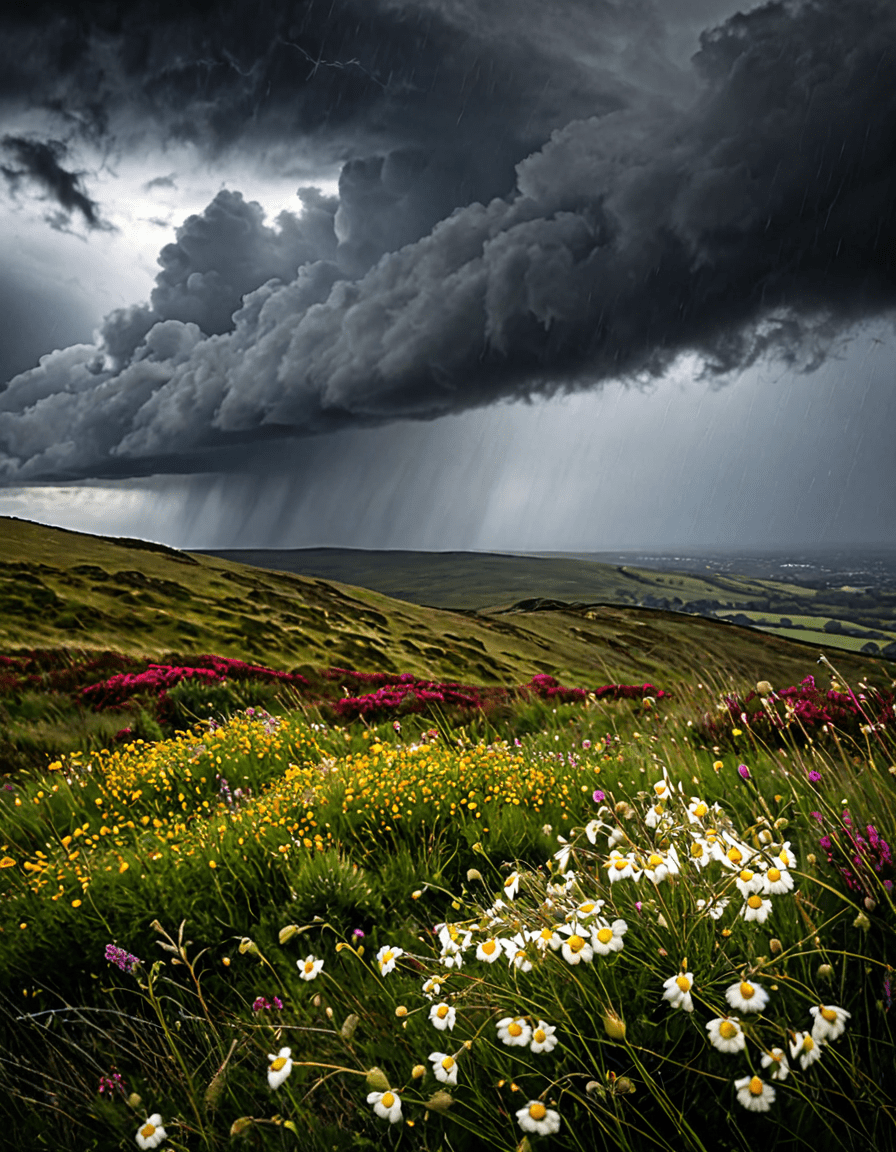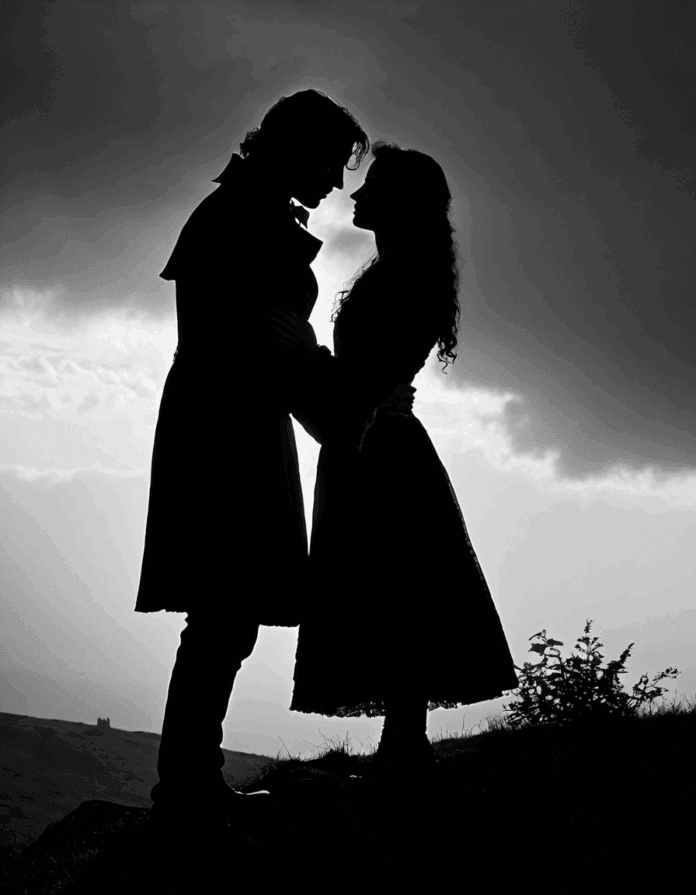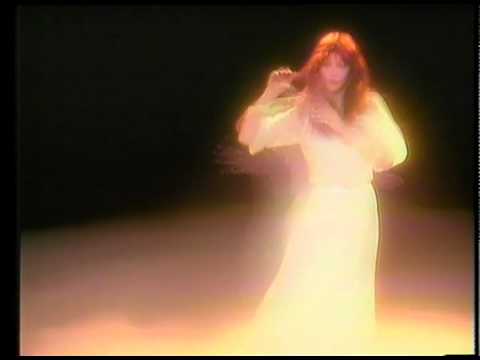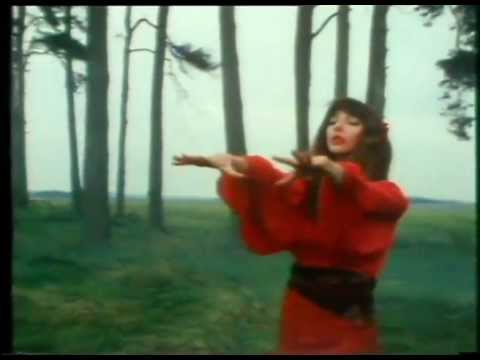Wuthering Heights, Emily Brontë’s timeless classic, continues to enchant readers and audiences alike with its intense exploration of love, revenge, and the haunting landscape of Yorkshire. Since its release in 1847, Wuthering Heights has captivated generations, making it a cornerstone of Gothic literature. Its themes of passion and turmoil resonate deeply, drawing readers back into a world where love can be both beautiful and destructive. In this article, we’ll explore the elements that contribute to the novel’s enduring allure and how it impacts various cultural representations across mediums.
7 Elements of Wuthering Heights that Enchant Readers
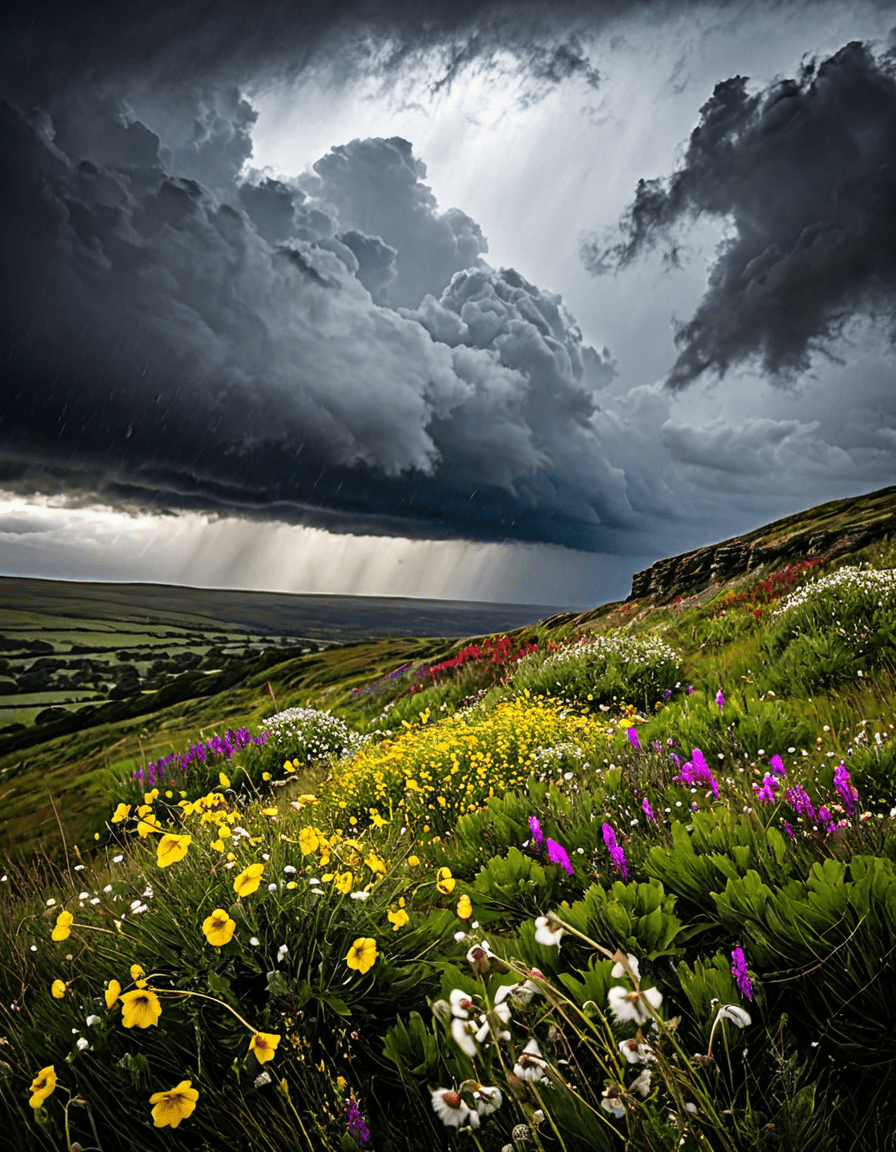
1. Complex Characters
The heart of Wuthering Heights lies in its complex characters. Heathcliff and Catherine Earnshaw embody deep emotions and contradictions. Heathcliff’s journey is particularly striking; starting as a mistreated orphan, he evolves into a figure marked by pain and vengeance. Readers can’t help but feel a mix of empathy and disdain for him, creating a multi-layered portrait that keeps us engrossed.
Catherine, equally compelling, navigates her desires and societal expectations, torn between her love for Heathcliff and her choice to marry Edgar Linton for social standing. This turbulent relationship is an exploration of passion that serves as a mirror to our own struggles, showcasing how love can be both a source of joy and an avenue for deep hurt.
2. Atmospheric Setting
The wild, windswept moors of Yorkshire are as much a character in Wuthering Heights as Heathcliff and Catherine themselves. The treacherous landscape isn’t merely a backdrop; it shapes the characters’ actions and motivations. Imagine the isolation the moors create—a fitting reflection of Heathcliff’s torment and Catherine’s inner conflict. This stark, beautiful setting offers a metaphor for the intense emotions that run rampant in the story.
The weather itself often mirrors the emotional landscape of the characters. Gloomy storms signify passion and turmoil, while calm, serene skies evoke moments of fleeting happiness, illustrating Brontë’s mastery of atmospheric storytelling that keeps readers riveted.
3. Themes of Obsession and Revenge
Obsession weaves through the narrative like a dark thread, especially in Heathcliff’s relentless pursuit of Catherine. His longing is tinged with a thirst for revenge against those who wronged him, leading readers to ponder the darker sides of love. How far would you go to reclaim a lost love? Brontë’s narrative challenges the essence of love, painting it as something that can lead to both fulfillment and destruction.
This exploration of obsession raises questions about the morality of love and its potential to harm. Critics have argued that the novel’s dark themes resonate with contemporary issues, fuzzing the lines between love and possession. The psychological stakes are high, marking Wuthering Heights as a profound exploration of human connection.
4. Narrative Structure
Wuthering Heights employs a complex narrative structure that enhances its depth. Through multiple narrators like Mr. Lockwood and Nelly Dean, readers receive varying perspectives on the unfolding drama. This layered storytelling invites us to question the truth behind the events and the reliability of memory and perception.
Such a format not only keeps us engaged but also mirrors the complexities of human emotions and experiences. As readers, we find ourselves piecing together the story from different vantage points, enriching our understanding of the characters’ motivations and the tragic spiral of events.
5. Symbolism
Emily Brontë’s rich use of symbolism adds layers to the narrative. The eponymous Wuthering Heights acts as a metaphor for the duality of human emotions—both confining and passionately liberating. The dramatic contrast between Wuthering Heights and Thrushcross Grange symbolizes the eternal conflict between nature and civilization. This dichotomy replicates the internal struggles of characters whose lives embody these opposing forces.
Moreover, symbols like the ghostly presence of Catherine represent the inescapable hold of love that transcends even death. Each symbol reflects the novel’s themes, creating a rich tapestry that weaves through the ages.
6. Influence on Modern Adaptations
The impact of Wuthering Heights stretches beyond literature into film and stage adaptations. Notable reinterpretations, such as Andrea Arnold’s visceral 2011 adaptation, refresh the narrative while retaining Brontë’s core essence. Other adaptations, like the 2009 BBC miniseries, emphasize the universal themes within the text, illustrating how Wuthering Heights resonates with diverse audiences today.
These adaptations invite modern viewers to explore the depths of the relationships depicted in the novel. As interpretations evolve, they reflect contemporary cultural contexts while maintaining the raw emotion that defines Brontë’s work.
7. Psychological Exploration
Recent psychological analysis of Wuthering Heights offers fresh perspectives on Heathcliff’s character. Scholars have explored his traumatic past through lenses such as attachment theory and emotional dysregulation. This analysis sheds light on his instability and the legacy of grief driven by loss and betrayal.
By examining the characters’ psychological states, we gain a profound understanding of the motivations that drive them. The exploration of trauma and obsession within Brontë’s work resonates with modern discussions surrounding mental health, demonstrating Wuthering Heights’ relevance even today.
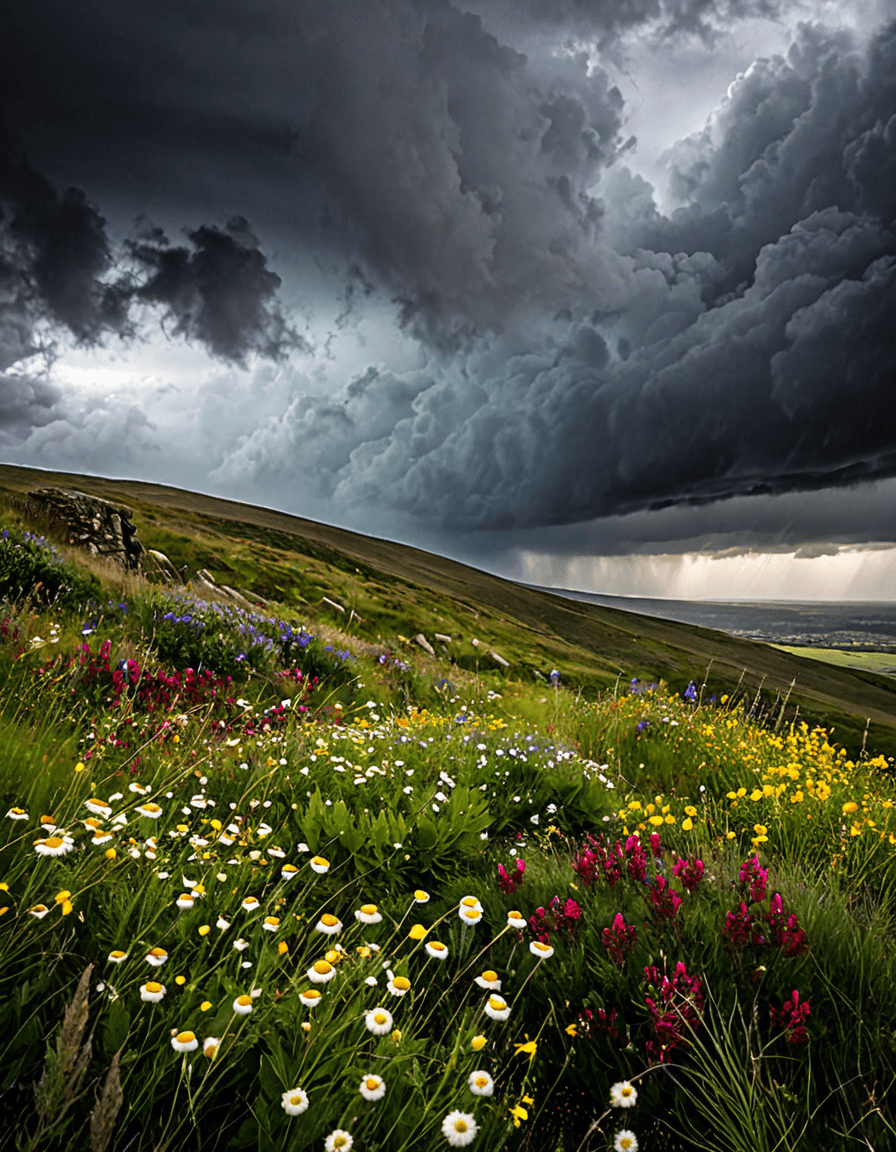
Unraveling the Legacy of Wuthering Heights
Wuthering Heights stands as a captivating exploration of dark romance, its relevance undiminished even in 2026. As we dissect its intricate components—from psychological insights to atmospheric depictions—the true brilliance of Emily Brontë’s work emerges. This novel is more than just a tale of tragic love; it goes beyond romance to challenge our perceptions of love, obsession, and vengeance.
As society evolves, so too does the discussion around Wuthering Heights. Its themes echo in contemporary narratives, showcasing that the complexities of love continue to inspire us. The novel’s rich tapestry invites us to understand that obsession and revenge are not just tales from the past; they’re vibrant elements within our own narratives.
In essence, Wuthering Heights captivates through its multifaceted characters, atmospheric settings, and haunting themes. It’s a story that lingers, echoing across time—a poignant reminder that the human experience is as tumultuous and intense as the moors that cradle its narrative. Whether through film adaptations, literary study, or casual reading, Wuthering Heights remains a testament to the power of dark romance, captivating the imaginations of new generations.
Wuthering Heights: Dark Romance and Fascinating Tidbits
The Legacy of Wuthering Heights
“Wuthering Heights,” published in 1847, was the only novel by Emily Brontë, and it quickly captured readers’ imaginations thanks to its intense emotions and complex relationships. Interestingly, the story is often compared to some other classic tales of love and heartbreak. For instance, if you enjoyed the character dynamics in Scrooged, you might find the tumultuous connection between Heathcliff and Cathy equally entertaining. Did you know the novel’s dark themes deeply inspired later adaptations and interpretations, showcasing passion akin to that of Fantastic Four 2005 in its melodrama?
Characters with Real-Life Inspirations
Heathcliff, the brooding anti-hero of “Wuthering Heights,” is an unforgettable character, one that perhaps echoes certain real-life personas. For instance, Rosanna Arquettes roles often embody strong, rebellious characters, mirroring the fierce spirit of Cathy Earnshaw. Similarly, just as Clay Pigeons upends expectations with its narrative twists,Wuthering Heights” breaks conventional romance rules, hinting that love can be as destructive as it can be uplifting. The depth of these characters invites us to ponder the line between love and obsession, making it a gripping read.
Cultural Footprints and Modern Relevance
The influence of “Wuthering Heights” extends beyond the pages of literature. Its themes resonate with many pop culture elements, capturing the imagination of countless fans, including Otaku enthusiasts who appreciate the intricate emotion woven into characters. The novel has even sparked discussions on love and loss in modern mediums, where comparisons can be drawn to today’s pop culture phenomena, such as the rise of characters influenced by classic literature or even athletes like Cam Akers, who encapsulate the struggle and triumph characteristic of Brontë’s protagonists.
In fact, even places like Lake Jackson have their share of historical connections, reminding readers of how literature can integrate with our everyday lives. So next time you dive into the pages of “Wuthering Heights, remember you’re not just reading a story; you’re engaging in a timeless exploration of the human heart!
